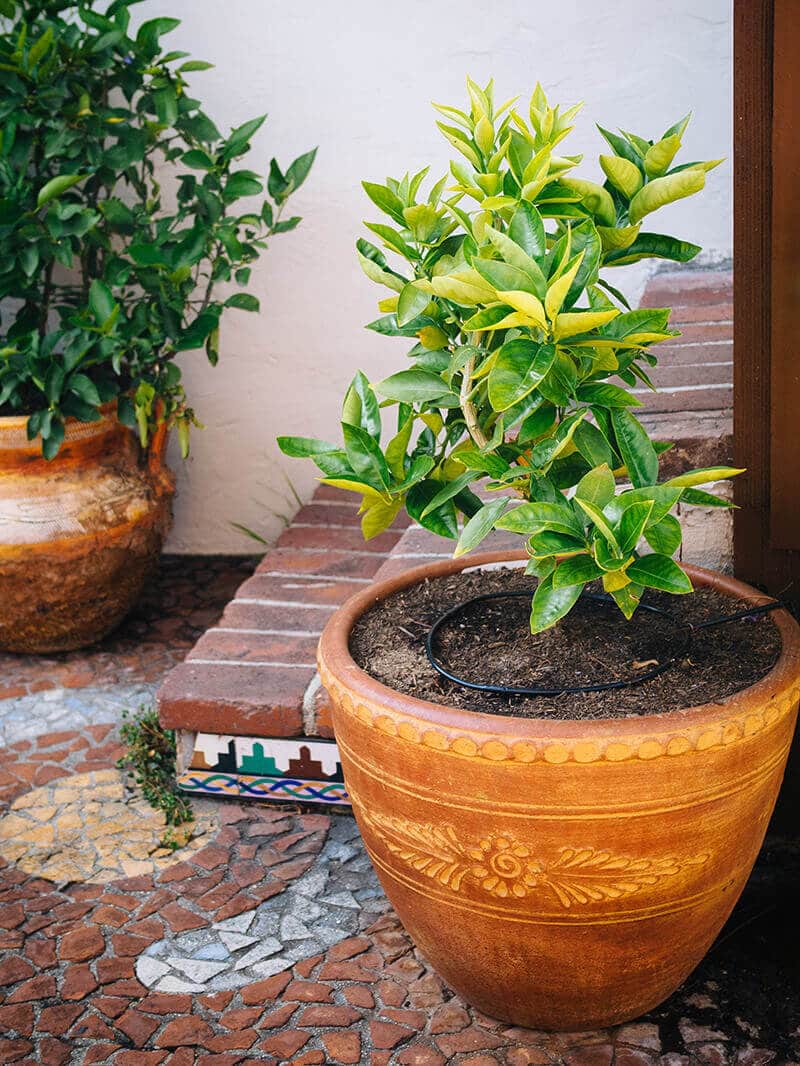Certain, you study that correct.
Warning: Graphic pictures of placenta ahead.
As soon as I used to be pregnant, the placenta — or barely, what to do with it post-birth — was a most well-liked matter amongst my buddies who already had infants or had been anticipating infants. Some had their placentas encapsulated. Most left them on the hospital. I was on the fence about mine: to eat or to not eat?
(For snort, Google placenta recipes. They do exist! … for the whole thing from placenta smoothies to placenta stew. A writer from The Guardian even made placenta tacos collectively along with his partner’s afterbirth.)
I’m not a really crunchy specific particular person, and some great benefits of placenta encapsulation are anecdotal at most interesting. Nonetheless I’d study someplace that burying a placenta was a typical ritual in a number of cultures everywhere in the world, and that piqued my curiosity enough to look into the apply.
Appears, the native Hawaiians do it. The Navajo Indians do it. The Indonesians, Cambodians, Costa Ricans, and Bolivians do it. The Maori do it, believing it reinforces the child’s bond with the land. (In precise truth, the Maori phrase for placenta, whenua, moreover means land.)
Though all of them have their very personal specific rituals involving burial of the “tree of life,” as a result of the placenta is often known as, the widespread thread amongst a number of them was the act of linking earlier, present, and future — returning the stays to Mother Earth to nurture one different life or defend the present life.
Clearly not everyone’s cup of tea, nonetheless a thoughtful customized nonetheless to honor a supply along with to complement the earth.
As soon as I pitched the thought to my husband, he thought I was joking at first, then he felt a bit (or fairly a bit) squeamish when he realized I wasn’t. The placenta nourished our teen for 9 months, I equipped in safety, why couldn’t it proceed to nourish one different sort of life?
In any case, it wasn’t any utterly totally different than planting fish heads in our raised beds, and my family was acknowledged for burying all forms of kitchen remnants of their yard after I used to be rising up: shrimp shells, fish bones, fish guts.
This was principally free fertilizer. With my placenta, I would know exactly the place it received right here from — it was pure fertilizer at its purest. The considered planting a placenta appeared unconventional, but it surely absolutely positively wasn’t outlandish.
The hospital allowed us to take the placenta residence after I gave supply. I merely signed a waiver stating I knew the hazards of coping with a biohazard, and the placenta was wrapped up and refrigerated all through my hospital preserve.
I assumed it might be vacuum-sealed or wrapped in a biohazard bag, nonetheless pretty the alternative — the nurse handed me the placenta, double-bagged in plastic one of the best ways the butcher on the Mexican market wrapped up a lump of meat. Gorgeous and comical, to say the least.
We positioned the placenta in a cooler for the drive residence, then refrigerated it for quite a lot of days until I used to have the ability to deal with it.
First, I made a print of the placenta. Must you’ve ever checked out one specifically particular person, chances are you’ll uncover the side that faces the fetus resembles a tree. The veins look like branches and the umbilical twine varieties the trunk — that’s how the placenta earned its moniker as a result of the tree of life, and in a number of cultures and historic references, a tree of life is often associated to motherhood.
I laid down a canine teaching pad on the kitchen counter, unfold the placenta out so that the fetal side was going by means of up, then gently pressed a sheet of bristol board over it.
It took quite a lot of tries, nonetheless the following imprint (certain, in blood) is a superb abstraction of a tree. It’s not as gory as a result of it sounds, and sometime, I’ll have it framed for Gemma’s room. I imagine she’ll admire finding out what it is and the way in which it received right here to be.
(Our good good friend’s kids actually seen the print shortly after I made it. We tried to elucidate what it was, nonetheless I imagine it’s a extraordinarily uncommon and troublesome thought for a five-year-old boy to wrap his ideas spherical!)


After making my paintings print, I double-bagged the placenta in Ziplocs and put it inside the freezer until we discovered the place to plant it. We had been renting in the meanwhile, so we didn’t must plant it out inside the yard.
We knew that sometime we’d switch out of that house, and possibly out of California (substitute: we’re now in Oregon!), so we would have liked to have the flexibility to take this memory with us. We would have liked a tree that represented this stage in our lives and paid homage to Gemma’s California roots, one that may thankfully dwell in a container, perhaps indefinitely.
We finally settled on a Moro blood orange tree. (A blood orange tree seems changing into, no?)
And so one afternoon, we prepped an 18-inch ceramic pot with quite a lot of inches of soil and positioned the frozen placenta on prime of it. We talked about quite a lot of phrases of gratitude, coated the placenta with quite a lot of further inches of soil, and accomplished potting up the orange tree.




It frolicked in our courtyard with all the alternative container citrus, and has been thriving the earlier couple years. We are going to’t await the day it begins blooming!


Have to see what this orange tree appeared like after 18 months? Proper right here’s my substitute!
